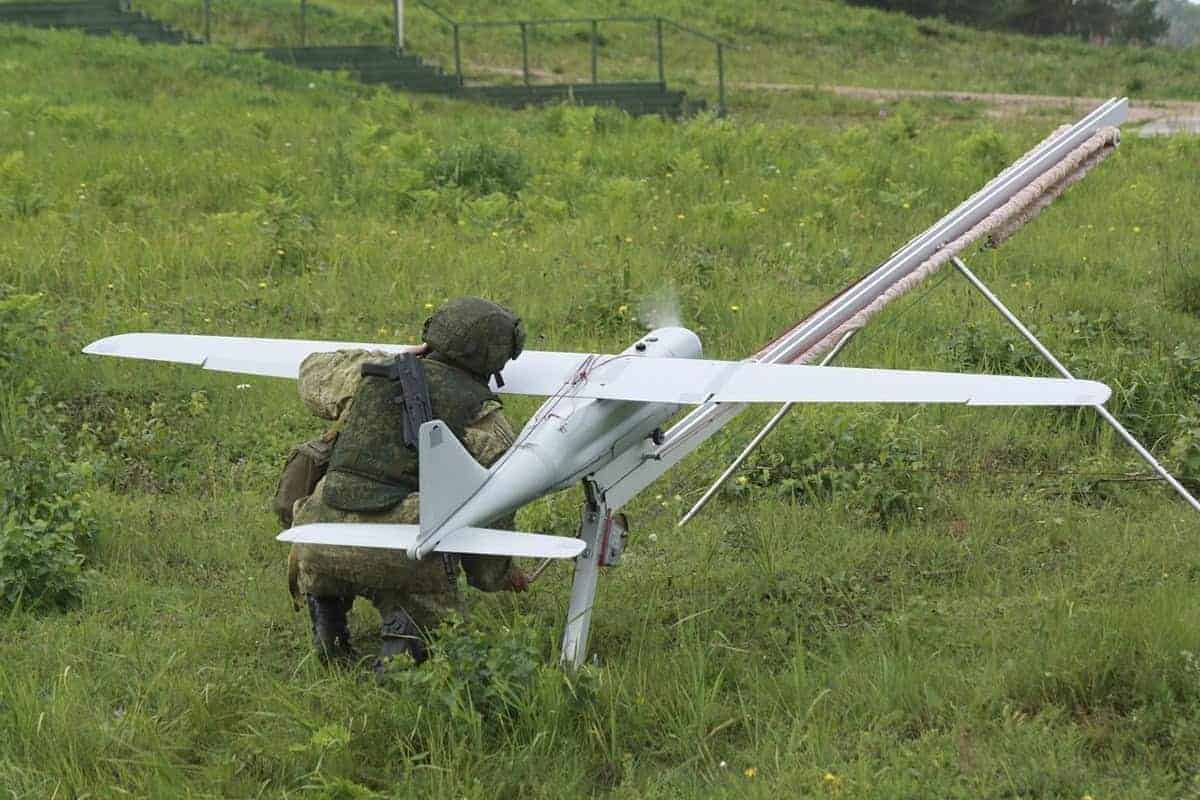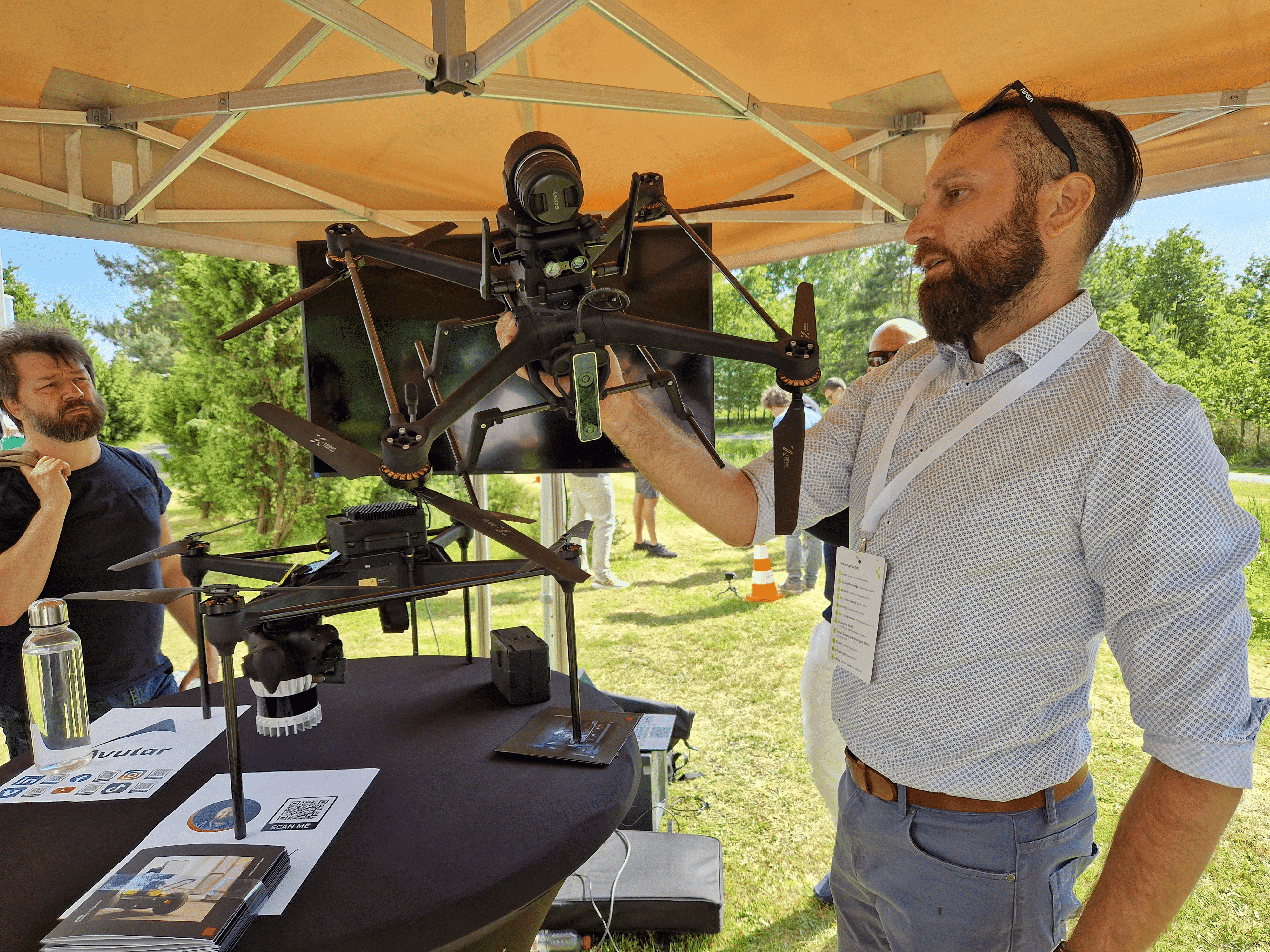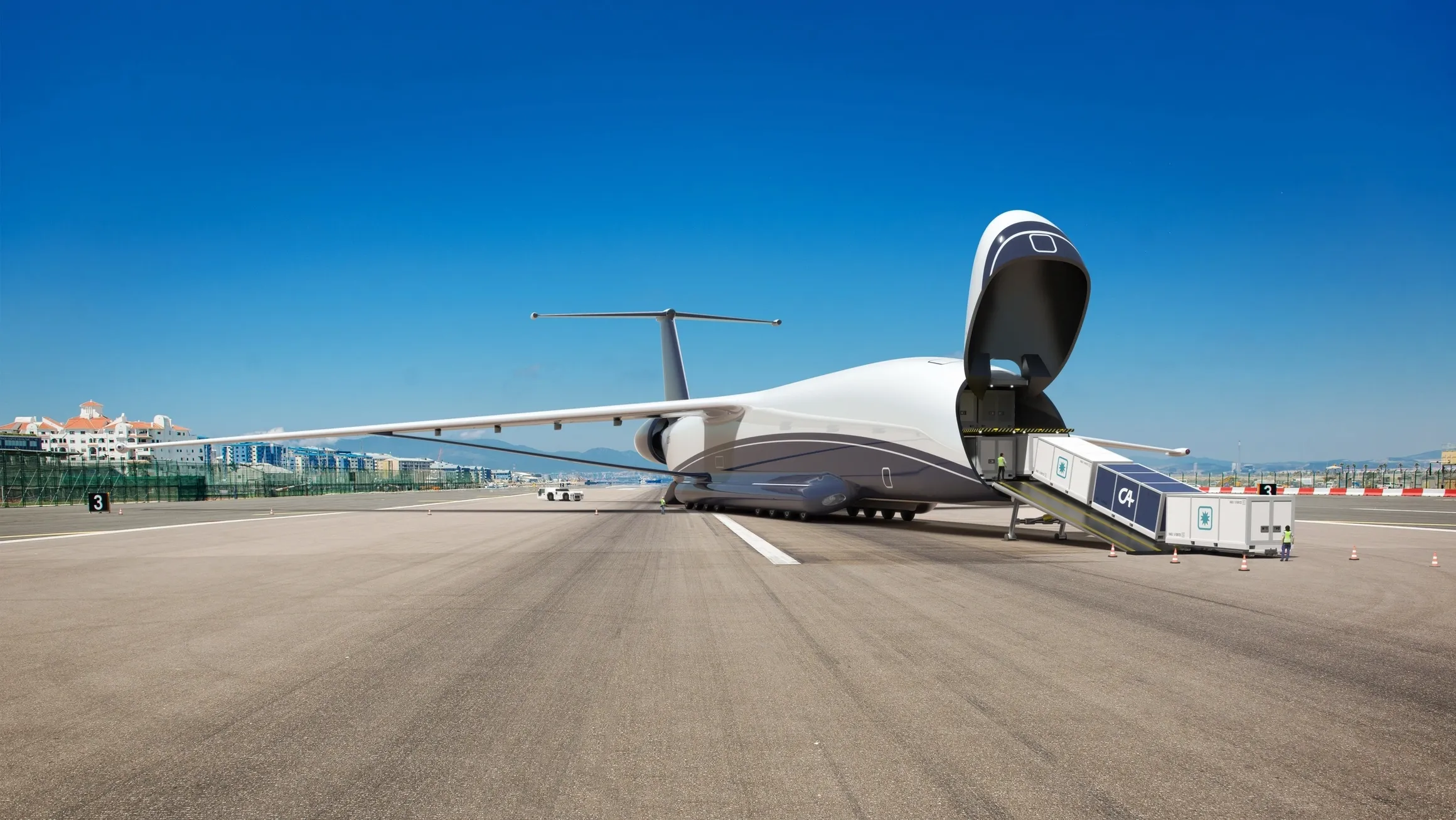
When visiting the National Air and Space Museum of France, it is striking how quickly innovation progressed in four years of war. At the first World War’s outset, aircraft were constructed using flimsy cloth and rope, but by the war’s end, we witnessed the emergence of the first steel transporter planes. While war is a terrible and destructive force, it often acts as a catalyst for innovation.
Now, the Russian-Ukrainian war stands out as the first conflict where artificial intelligence and drones have played a significant role. As we approach the one-and-a-half-year mark since the war began, it’s worth examining the advancements in military innovation that have taken place.
Over the past one-and-a-half years, the Russian-Ukrainian war has provided a unique environment for the rapid development and deployment of drone technology. As both sides have increasingly utilized drones for surveillance, reconnaissance, and combat, an arms race has ensued, with each side working to block the other’s drone communication systems and develop more robust, autonomous drones. This constant push for innovation has led to advancements in drone technology, as well as raised concerns regarding the ethical implications of autonomous decision-making in warfare.
- Over the past one-and-a-half years, the Russian-Ukrainian war saw rapid development and deployment of drone technology.
- The growing reliance on AI and autonomous drones in warfare raises complex ethical questions.
Ethics of autonomous decision-making in warfare
The growing reliance on AI and autonomous drones in warfare raises complex ethical questions. As AI-powered systems become more capable of making autonomous decisions, concerns about accountability and the potential for civilian casualties come to the forefront. While AI systems are dispassionate and can circumvent human biases, they may lack the ability to exercise the same level of judgment and discernment as human operators. The potential for errors and misinterpretations in AI decision-making raises serious questions about the responsibility to act, the role of diplomacy, and the legitimacy and legality of lethal action based on AI predictions.
Recent developments in drone technology
Recent developments in drone technology have seen the emergence of loitering munitions, or “suicide” drones, which can circle targets for hours before attacking. These drones possess a longer range and swarming capability, causing a financial toll and terrorizing civilians. High-altitude, long-range drones, such as the Turkish-produced Bayraktar TB2, are also being used in the conflict, equipped with laser-guided missiles. Furthermore, the Ukrainian government is creating financial incentives and launching a Defense Tech Cluster to support domestic drone production and foster a high-tech defense industry.
Civil use of military technologies
The innovations in drone technology and AI seen in the Russian-Ukrainian war also have potential applications in civilian life. For example, the use of AI for target recognition and autonomous drone operation could be adapted for non-military purposes, such as search and rescue missions, infrastructure inspection, and environmental monitoring. Similarly, the advancements in drone communication and robustness could benefit industries like agriculture and logistics, where drones are increasingly being used for crop monitoring and package delivery. However, it is crucial to ensure that the integration of these military technologies into civilian life is done responsibly and ethically.
Looking ahead
As the Russian-Ukrainian conflict continues, the use of AI and drones in warfare is likely to increase, leading to further advancements in military innovation. Efforts to develop fully autonomous drones and integrate AI into national security decision-making processes are expected to intensify, potentially leading to a global arms race in drone technology. This shift towards increasingly autonomous warfare raises complex ethical questions and challenges policymakers to address the implications of AI and drones in modern warfare and daily life.

In conclusion, the Russian-Ukrainian war has demonstrated the transformative power of AI and drones in warfare. These technologies have revolutionized military strategies and tactics, enabling enhanced surveillance, precise targeting, and reduced risks to human personnel. As the conflict evolves and military innovation continues to advance, it is essential for policymakers to address the ethical and legal implications of using AI and drones in warfare while finding responsible ways to integrate these technologies into civilian life.






